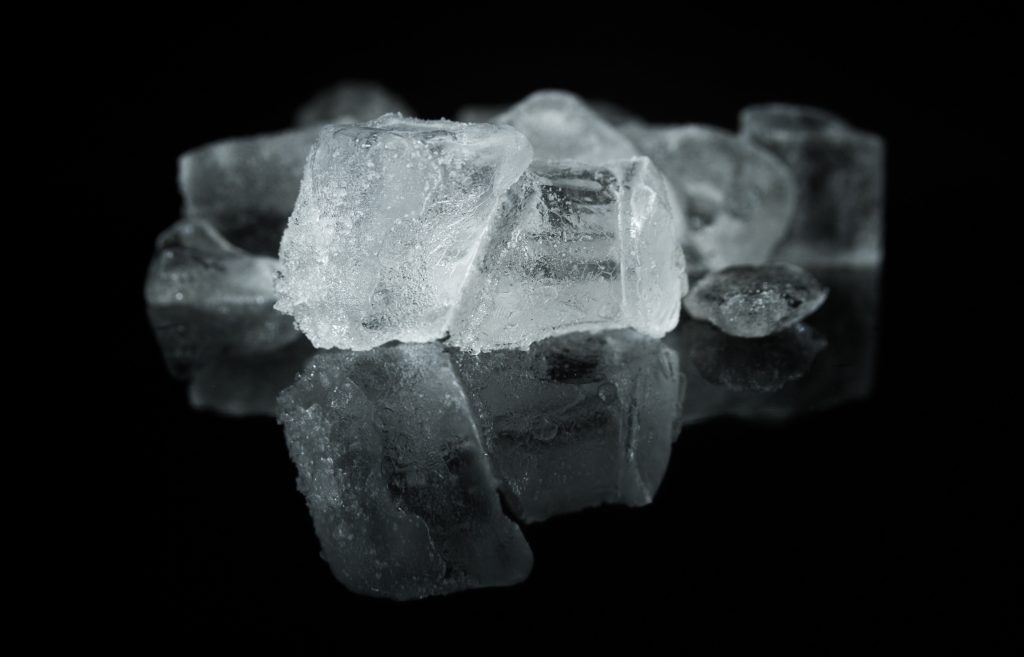In the quest for optimal health and recovery, contrast therapy is gaining popularity as a simple yet effective method to enhance physical and mental well-being. Also known as hot and cold therapy, this practice alternates between heat and cold to reap the benefits of both temperature extremes.
What is Contrast Therapy?
Contrast therapy involves immersing the body or a specific area in hot and cold water, or using hot and cold packs alternately. Typically, the process starts with heat, followed by cold, and repeated for several cycles. The duration and temperature can vary, but a common approach is 3-4 minutes of heat followed by 1 minute of cold.
Benefits of Contrast Therapy
- Improved Circulation: Alternating between hot and cold causes blood vessels to dilate and constrict, promoting better blood flow. This increased circulation can aid in faster recovery and reduced muscle soreness.
- Reduced Inflammation: Cold therapy is well-known for its ability to reduce inflammation and swelling. When paired with heat, it helps in flushing out toxins and reducing tissue stiffness.
- Enhanced Recovery: Athletes and fitness enthusiasts often use contrast therapy to speed up recovery post-exercise. The combination of heat and cold can alleviate muscle fatigue and soreness, helping the body bounce back quicker.
- Pain Relief: Contrast therapy can provide relief from chronic pain conditions such as arthritis and fibromyalgia. The alternating temperatures help in relaxing muscles and easing pain.
- Mental Health Benefits: The therapy can also have a positive impact on mental health. The contrasting sensations can help reduce stress, improve mood, and promote relaxation.
How to Practice Contrast Therapy at Home
- Prepare Your Equipment: You can use a bathtub, shower, or even two buckets for limb-specific therapy. Ensure you have access to hot and cold water.
- Start with Heat: Begin by immersing yourself or the targeted area in hot water (not scalding) for about 3-4 minutes. This helps relax muscles and open up blood vessels.
- Switch to Cold: Immediately switch to cold water for about 1 minute. This will cause blood vessels to constrict, reducing inflammation.
- Repeat the Cycle: Alternate between hot and cold for 3-5 cycles, always ending with cold to cap off the treatment.
- Stay Hydrated: Drink plenty of water before and after the therapy to stay hydrated and help flush out toxins.
Precautions
While contrast therapy is generally safe, it may not be suitable for everyone. People with cardiovascular conditions, circulatory problems, or skin sensitivities should consult a healthcare professional before trying it. Always listen to your body and adjust the temperatures and duration to your comfort level.



